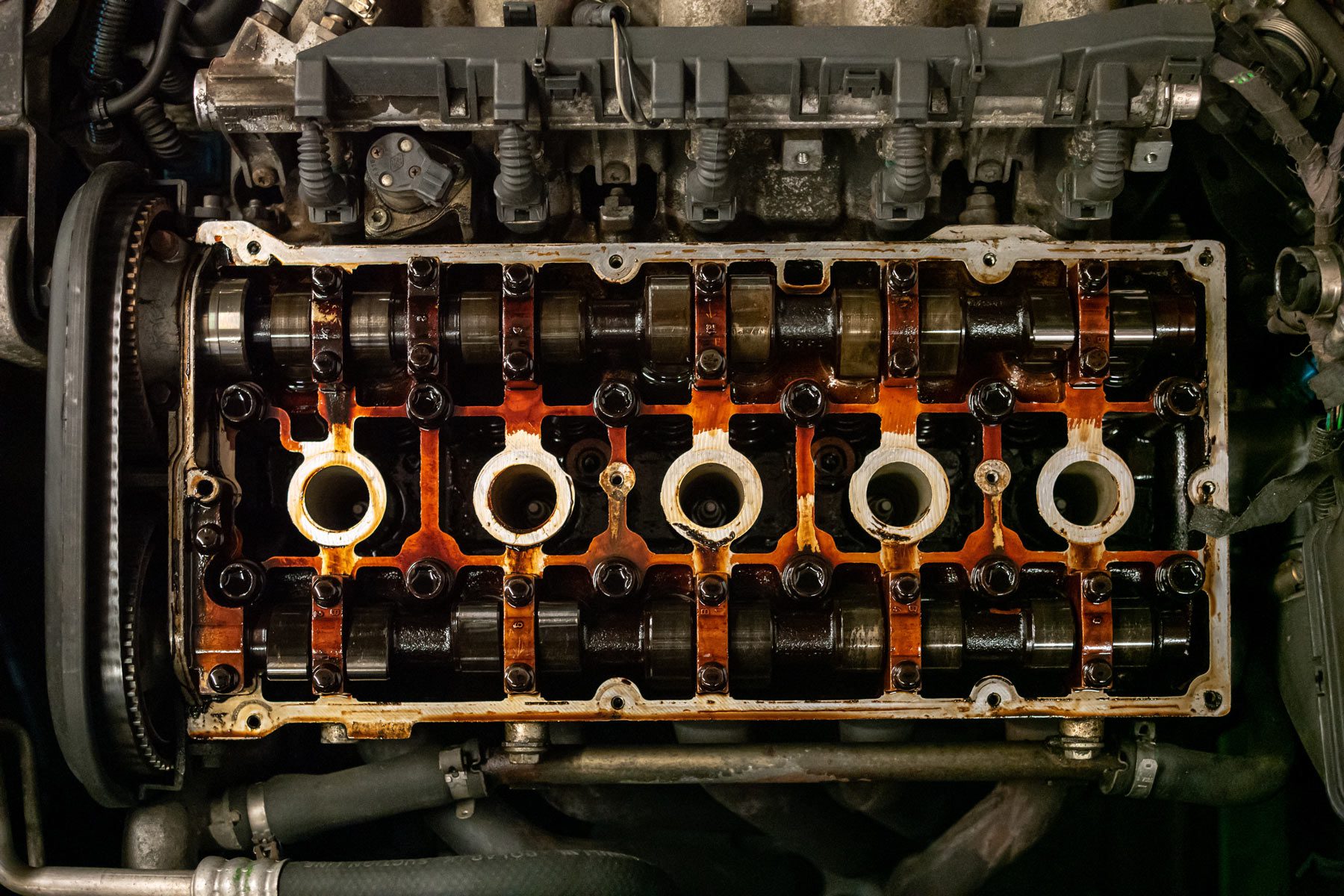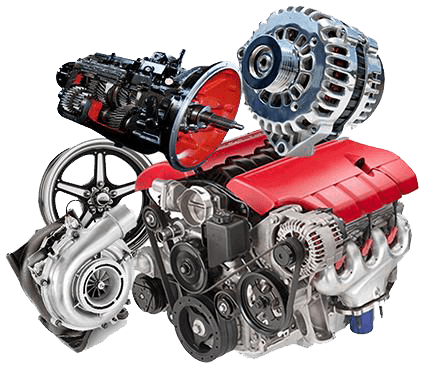Update Your Automobile with a New Opel Corsa Engine
Update Your Automobile with a New Opel Corsa Engine
Blog Article
Effective and effective Small Car Electric Motor Efficiency Evaluation
Examining the efficiency of small cars and truck electric motors is a nuanced task that requires an eager eye for information and a deep understanding of vehicle engineering principles. By checking out crucial metrics such as horsepower and torque, as well as evaluating gas performance, we can uncover insights right into just how small cars and truck engines can be enhanced for peak performance.

Little Auto Motor Performance Metrics
In evaluating the efficiency of small automobile electric motors, vital metrics such as acceleration, gas efficiency, and power output play a vital role in determining their total effectiveness and suitability for different driving problems. Acceleration, gauged in secs from 0 to 60 miles per hour, suggests just how rapidly a little car can reach higher rates, which is important for merging onto highways or overtaking various other lorries. Gas effectiveness, commonly gauged in miles per gallon (MPG), reflects how far a little cars and truck can travel on a gallon of fuel, impacting running costs and ecological sustainability. Power outcome, expressed in horse power (HP) or kilowatts (kW), indicates the engine's capability to produce the essential pressure to propel the lorry, affecting its performance in different road conditions. By reviewing these performance metrics adequately, manufacturers, chauffeurs, and auto lovers can make informed decisions regarding the selection and optimization of small vehicle motors to fulfill their certain requirements and choices.

Horsepower and Torque Analysis
With a basic function in recognizing small automobile motor torque, horsepower and performance analysis provides understanding into the engine's power shipment attributes. Horse power is a measurement of the engine's capacity to do function over time, representing the rate at which job is done. In the context of small vehicle electric motors, horsepower is essential for determining acceleration, leading rate, and total performance. Torque, on the various other hand, determines the engine's rotational pressure, indicating its capacity to get rid of resistance. Small car engines with greater torque values normally really feel extra receptive and supply much better acceleration, making them optimal for city driving and overtaking maneuvers. When evaluating horse power and torque in tiny car electric motors, it is necessary to take into consideration how these metrics interact to deliver a balanced and effective driving experience. By comprehending the relationship between horse power and torque, automotive engineers can maximize engine performance to satisfy the specific needs of little vehicle applications.
Fuel Efficiency Assessment
The analysis of gas efficiency in little cars and truck motors plays an essential role in identifying their ecological and financial influence. Gas performance describes the capability of a car to make use of fuel effectively in regard to the distance took a trip. In small automobile motors, where compact dimension commonly correlates with much better fuel economic climate, various factors influence effectiveness. Engine style, weight, aerodynamics, and driving problems all add to exactly how effectively gas is eaten.
To assess gas effectiveness, metrics such as miles per gallon (MPG) are generally utilized. This measurement shows Your Domain Name the distance a car can travel each of gas. Little cars and truck electric motors that achieve higher MPG scores are thought about a lot more fuel-efficient, resulting in cost financial savings for chauffeurs and lowered discharges that profit the environment. Makers continually strive to improve fuel effectiveness via improvements in engine innovation, lightweight materials, and wind resistant styles.

Enhancing Small Cars And Truck Engine Performance
Enhancing the efficiency of little vehicle engines is extremely important in making the most of performance and lessening functional prices. Optimizing tiny auto engine efficiency entails an alternative technique that takes into consideration various elements such as engine style, gas monitoring systems, and total lorry dynamics. One vital aspect of enhancing engine efficiency is making certain appropriate maintenance routines are complied with, including normal oil changes, filter substitutes, and ignition system evaluations. In addition, tuning the engine to run at its peak performance can substantially boost general efficiency.
One more crucial consider enhancing little automobile engine efficiency is the application of advanced technologies such as turbocharging or hybrid systems. These innovations can boost power outcome without compromising fuel performance, providing a balance in between performance and economy. Maximizing engine performance also entails improving combustion effectiveness, reducing frictional losses, and improving thermal monitoring systems.
Future Trends in Small Auto Motors
Because of advancing auto technologies and the constant pursuit of optimal tiny vehicle engine efficiency, an exploration of future trends in little automobile electric motors comes to be critical - opel corsa engine. One famous trend coming up is the raising combination of electrical powertrains in little automobiles. As the auto market changes towards sustainability and decreased exhausts, more tiny automobile manufacturers are investing in electrical motor technology to improve performance and environmental kindness
An additional significant pattern is the growth of smaller sized yet much more effective turbocharged engines for tiny vehicles. By scaling down engine capabilities and including turbocharging innovation, car manufacturers can accomplish greater power outcomes while keeping fuel performance. This trend lines up with the expanding customer need for tiny autos that supply a vibrant driving experience without compromising on gas economy.
Furthermore, the appearance of crossbreed powertrains in little vehicles is anticipated to acquire traction in the future. Crossbreed systems provide the benefits of both inner combustion engines and electric motors, offering better efficiency and fuel performance. As developments in battery technology continue, tiny auto electric motors are likely to end up being also extra effective and effective, providing to the evolving requirements of consumers and regulatory needs for cleaner transportation remedies.
Conclusion
Finally, the analysis of tiny vehicle motor performance metrics such as torque, horse power, and gas effectiveness is essential in enhancing engine performance. By reviewing these factors, producers can enhance the total effectiveness and power output of tiny car electric motors (opel corsa engine). Future trends in tiny important site automobile motors are most likely to concentrate on boosting performance while maintaining gas effectiveness, making sure that small autos remain to be a Home Page trustworthy and economical option for customers
By analyzing key metrics such as horse power and torque, as well as examining fuel effectiveness, we can uncover insights right into just how small vehicle engines can be maximized for peak efficiency. Enhancing small auto engine efficiency involves an all natural approach that considers numerous aspects such as engine style, gas monitoring systems, and total vehicle dynamics.In light of advancing automotive technologies and the continuous search of optimum small automobile engine efficiency, an exploration of future trends in little automobile electric motors becomes essential.In final thought, the evaluation of tiny automobile motor performance metrics such as torque, fuel, and horsepower performance is necessary in maximizing engine performance. Future fads in small automobile electric motors are most likely to concentrate on improving performance while maintaining gas effectiveness, guaranteeing that little cars and trucks proceed to be a reliable and affordable option for customers.
Report this page